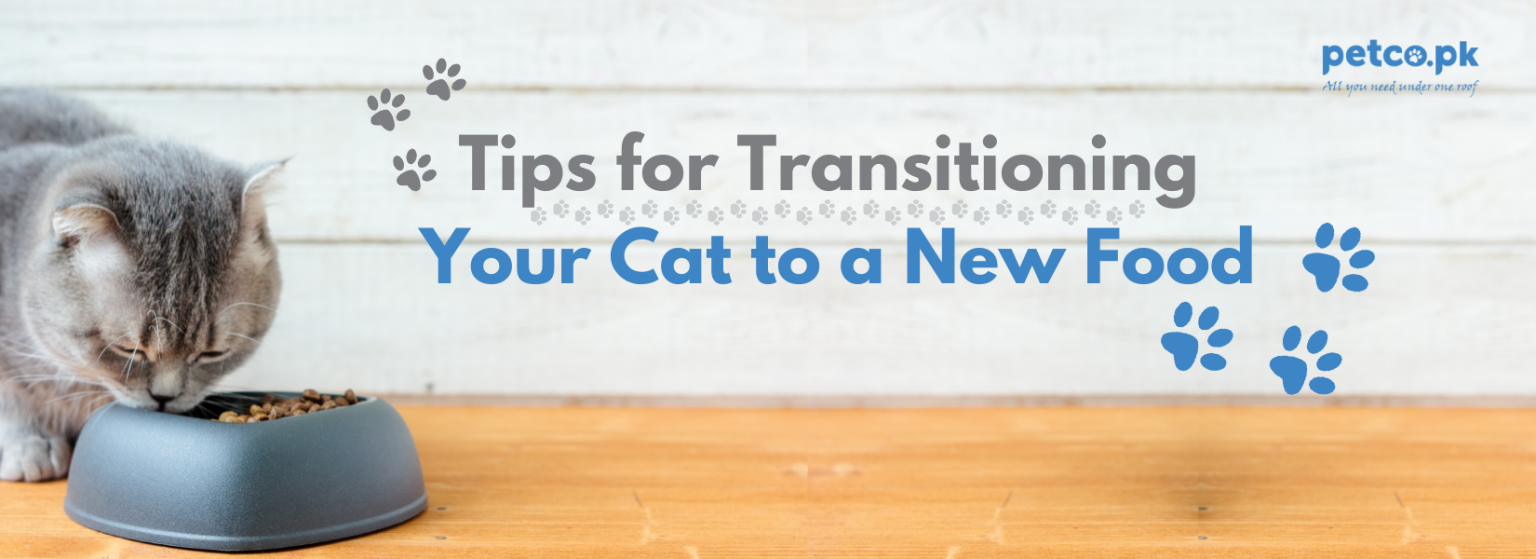Transitioning your cat to a new food can be a sensitive process that requires careful planning and consideration of your cat’s health and preferences. Cats are known for their selective eating habits and sensitive digestive systems, so abrupt changes in diet can lead to digestive upset and refusal to eat. Whether you’re switching to a different brand, addressing specific health needs, or introducing a new type of food, following a gradual transition plan is essential for a successful adjustment. Here are practical tips to help you navigate this transition smoothly and effectively.
Understanding the Need for Transition
Before embarking on a diet change for your cat, it’s important to understand the reasons behind it:
Health Reasons
Your veterinarian may recommend a new diet due to health concerns such as allergies, digestive issues, urinary tract problems, or weight management. Specialized diets can help alleviate symptoms and improve your cat’s overall well-being.
Age and Life Stage
Kittens, adult cats, and senior cats have varying nutritional requirements. Transitioning to a new food that meets these specific needs can support growth, maintenance, or age-related health concerns effectively.
Preference and Variety
Introducing variety into your cat’s diet or upgrading to a higher quality food can enhance their nutritional intake and overall satisfaction with their meals.
Gradual Transition Plan
A gradual transition minimizes the likelihood of digestive upset and increases the likelihood of your cat accepting the new food. Follow this step-by-step plan over a period of 7 to 10 days:
Days 1-2: Introduction Phase
Start by mixing 75% of your cat’s current food with 25% of the new food. This gradual introduction allows your cat to become familiar with the new scent and taste without overwhelming their digestive system.
Days 3-4: Adjustment Phase
Increase the proportion to 50% of each: old food and new food. This step helps your cat adjust to a more balanced mixture of the old and new diets.
Days 5-6: Transition Phase
Mix 25% of the old food with 75% of the new food. By this stage, your cat should be adapting well to the new food’s flavor and texture.
Days 7-10: Full Transition
Gradually transition your cat to 100% of the new food. Monitor their response closely during this phase to ensure they are eating the new food willingly and without any digestive issues.
Monitoring and Adjusting
Throughout the transition process, observe your cat’s behavior, appetite, and overall health:
Appetite
Ensure your cat is eating enough of the new food. If they show reluctance, try warming the food slightly or adding a small amount of a favorite treat to encourage acceptance.
Digestive Health
Monitor your cat’s stool consistency and frequency. Loose stools or diarrhea can indicate that the transition is too rapid. If digestive issues persist, consult your veterinarian for guidance.
Energy Levels
Observe your cat’s energy levels and overall demeanor. A sudden decrease in activity or lethargy could indicate discomfort or an inadequate nutritional balance with the new food.
Making the Food Appealing
Cats can be particular about their food preferences, so making the new food appealing can facilitate a smoother transition:
Temperature
Some cats prefer slightly warmed food, as it enhances the aroma and makes it more enticing. Test the temperature to ensure it’s safe for consumption.
Texture and Variety
Experiment with different textures—wet, dry, or a mix—to see what your cat prefers. Offering variety can stimulate their interest in the new food.
Mixing with Familiar Foods
Mix a small amount of the new food with a favorite treat or the old food to ease the transition and make the new diet more familiar.
Addressing Common Challenges
Food Refusal
If your cat refuses to eat the new food, revert to the previous step in the transition plan and proceed more gradually. Rushing the process can lead to increased reluctance and digestive upset.
Digestive Upset
If your cat experiences vomiting, diarrhea, or other digestive issues, pause the transition and consult your veterinarian. They may recommend adjusting the transition plan or suggest supplements to aid digestion.
Weight Management
If your cat needs to lose or gain weight, choose a new food that supports their specific nutritional needs without overfeeding or underfeeding. Adjust portions as needed under veterinary guidance.
Ensuring Nutritional Balance
Select a new food that provides complete and balanced nutrition for your cat’s life stage and health needs. Look for products that meet AAFCO (Association of American Feed Control Officials) guidelines for nutritional adequacy.
Long-Term Success
Once your cat has successfully transitioned to the new food, maintain their health and well-being with regular veterinary check-ups, a balanced diet, and access to fresh water. Monitor their weight and adjust their diet as needed to support their overall health.
Conclusion
Transitioning your cat to a new food requires patience, observation, and a systematic approach. By understanding your cat’s unique needs, following a gradual transition plan, and addressing any challenges promptly, you can ensure a smooth changeover to a healthier diet. Always prioritize your cat’s health and well-being, and consult your veterinarian for guidance throughout the process. With the right approach, your cat will enjoy their new food and thrive on a balanced, nutritious diet tailored to their individual needs.
